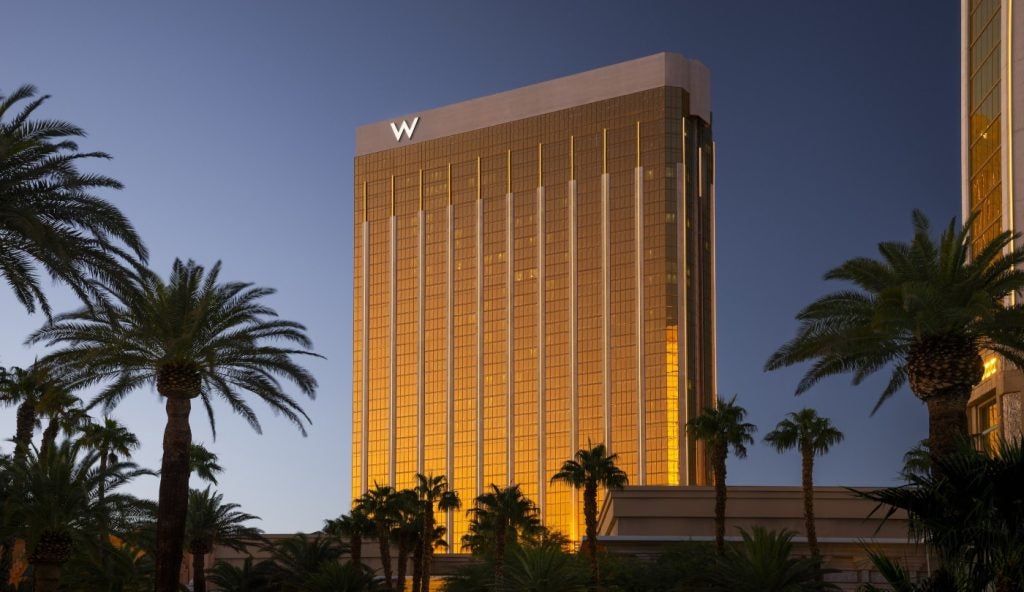
The pecking order among the world regions in terms of recovery has remained the same throughout the first half of 2010. As can be seen in Table 1, Asia Pacific is the clear leader while at the other end of the spectrum the Middle East is the only region that remains in negative territory. However, first-half results are measured against soft comparables during the first half of 2009 and percentage growth rates can make recovery seem stronger than it is.
Asia Pacific
Hotel performance in Asia Pacific achieved the fastest growth globally. Revenue per available room (revPAR) was up 24.8% to US$81 year-to-June driven by a 10.6% jump in average room rates while occupancy rose 12.8%.
According to the Pacific Asia Travel Association (PATA), international visitor arrivals were up 10.2% year-to-May, which helped hoteliers in the region achieve the strongest occupancy globally at 63.9%.
As highlighted in Table 2 overleaf, Singapore tops the global occupancy ranking with 83.2%. The opening of the city-state’s first casino in April, Resorts World Sentosa, has helped bolster tourism demand. The city’s success should continue with Marina Bay Sands Casino set to open in the same mass development over the next few months.
Also making a strong appearance in the occupancy ranking was Australia with Sydney (82.5%), Canberra (81.6%) and Perth (80.0%) taking second, third and fourth position. Next was Seoul with 79.8% as it kicked off its innovative Visit Korea Year 2010-2012 campaign, which includes benefits such as a discount programme for longstay visitors and a complementary shuttle service to attractions.
How well do you really know your competitors?
Access the most comprehensive Company Profiles on the market, powered by GlobalData. Save hours of research. Gain competitive edge.

Thank you!
Your download email will arrive shortly
Not ready to buy yet? Download a free sample
We are confident about the unique quality of our Company Profiles. However, we want you to make the most beneficial decision for your business, so we offer a free sample that you can download by submitting the below form
By GlobalDataMeanwhile, in the top revPAR rankings, Tokyo, which is traditionally Asia’s most expensive city, tied for second place with Riyadh achieving revPAR of US$174, up 18.7%. Although Shanghai did not place in the hotel performance rankings, the city experienced the largest jump within the region in local currency year-to-June – up 52.4% as hoteliers reap the rewards of the World Expo 2010. On the flip side, revPAR in Bangkok experienced the biggest decline, down 5.6% as tourists avoided the conflict between the redshirt protesters and the government, and subsequent disturbances.
Central and South America
RevPAR in Central and South America grew 16.6% to US$73 year-to-June, trailing Asia Pacific by 8.2 percentage points. Although the region did not place in the hotel performance rankings, Brazil was one of the best performers, with 14.4% revPAR growth as its economy soars out of the recession. According to the Economist Intelligence Unit, gross domestic product is estimated to grow 7.8% this year, and with two prestigious events over the next decade, including the 2014 FIFA World Cup and the 2016 Olympic Games, future tourism prospects for the country look promising. Sao Paulo, the country’s financial centre, leads recovery with a 21.8% jump in revPAR as it becomes increasingly important in world commerce. Meanwhile, hotel performance in Rio de Janeiro grew at a more muted rate of 9.0%. Bringing down the average was Santiago with revPAR down 7.1%. However, after 12 months of double-digit revPAR decline, demand for hotel rooms has increased every month apart from March, the month following the 8.8- magnitude earthquake.
Europe
Trailing Asia Pacific and Central and South America was Europe with a 7.4% increase in euros, or 3.9% in US dollars year-to-June. Despite mixed messages about the health of the European economy and austerity measures introduced throughout European countries, June marked the region’s strongest growth in revPAR in over five years – up 13.8% to €59. In the hotel performance rankings, traditional favourites with extensive supply at the luxury end of the market, Venice and Geneva, achieved the first and second most expensive average room rates globally in US dollars.
Within Europe, Germany is experiencing one of the strongest rebounds. After the hotel market and economy were severely hit by the recession in 2009, both are bouncing back this year with the hotel industry showing particular strength. Munich, Frankfurt, Dusseldorf, and Berlin are all witnessing double-digit revPAR growth, up 31.3%, 19.3%, 18.2% and 12.3% respectively.
However, hotel performance in Europe covers a wide spectrum and several destinations have yet to emerge from the red including Copenhagen (-12.2%), Budapest (-8.6%), Prague (-8.2%) and Athens (-4.9%).
North America
After 19 consecutive months of decline, North America witnessed its first month of revPAR growth in March 2010. At the half-way point through the year, revPAR is up 3.2% to US$56, placing the region behind Europe in the recovery process. Although year-to-date average room rates continue to contract 1.2%, May marked the first month of growth, and with renewed corporate travel demand year-to-date results could be positive by the end of the year. The region did not have any entries in the hotel performance rankings, but Vancouver was the strongest performing market in the region with year-to-June revPAR up 29.9% to CAD$107. When the city hosted the 2010 Winter Olympic Games, hotel performance jumped 157.5% to CAD$202 during the month of February.
Although average room rate growth during an Olympic month is normally over 100% in the host city, average room rates increased just short of this at 86.9%. With a corresponding 37.7% jump in occupancy, however, revPAR increases were comparable to past Olympic host cities. Further south, the oil spill in the Gulf of Mexico put its stamp on tourism along the Gulf coast. Oil has reached some shores of Louisiana, Florida, Alabama and Mississippi and according to the US Travel Association, up to 400,000 travel jobs could be lost.
However, despite the inevitable depressed demand for tourism in the worst affected areas, hotels in major cities along the coast such as Houston and Tampa/St Petersburg all outperformed year-to-date results during the months of May and June. A ten-point tourism recovery plan is being put together to mitigate the negative effects in the Gulf coast states. Included in the plans are a US$500 million marketing campaign to attract visitors, tax deductions for tourists to the region and increased access to low-interest loans for businesses related to tourism.
Middle East
The Middle East contracted 9.4% year-to- June, the only region that continues to decline. However, with demand growing since October 2009, it is the amount of new room supply entering into the region that is keeping hotel performance in the red. Despite the decline, the region remains the top average room rate and revPAR earner globally and had a good turnout in hotel performance rankings. Manama and Riyadh both took spots in the top five average room rate and revPAR rankings while Doha achieved the fifth strongest average room rates globally.
Meanwhile, Dubai was the fifth greatest revPAR earner despite continued downward pressure on average room rates as the emirate matures and new supply enters the market. Abu Dhabi experienced the most extreme decline in the region – down 50.3% in local currency. Again, new room supply opening in the market is putting pressure on average room rates and occupancy, falling 32.3% and 26.6% respectively. Hotel performance is expected to level off but should receive a boost later this year when Ferrari World opens and the emirate holds its second annual Formula One Grand Prix in November.
After achieving the strongest revPAR growth in the world for two consecutive years in 2008 and 2009, Beirut continues to bring up the average in the Middle East, rising 28.4% – the strongest growth in the region year-to-June. The business and leisure destination is enjoying this run of growth due to increased popularity as a result of continued peace and stability. 2010 has been the start of the recovery process in all regions except the Middle East, and the packed events calendar has encouraged tourists to move around the globe and fill hotel rooms. However, the opportunities have come alongside political and environmental challenges and several have proven to be disastrous for destinations navigating through the fragile recovery process. Despite these events having a detrimental effect on hotel performance in some destinations, the industry is largely proving its resiliency and recovery is gathering momentum.







